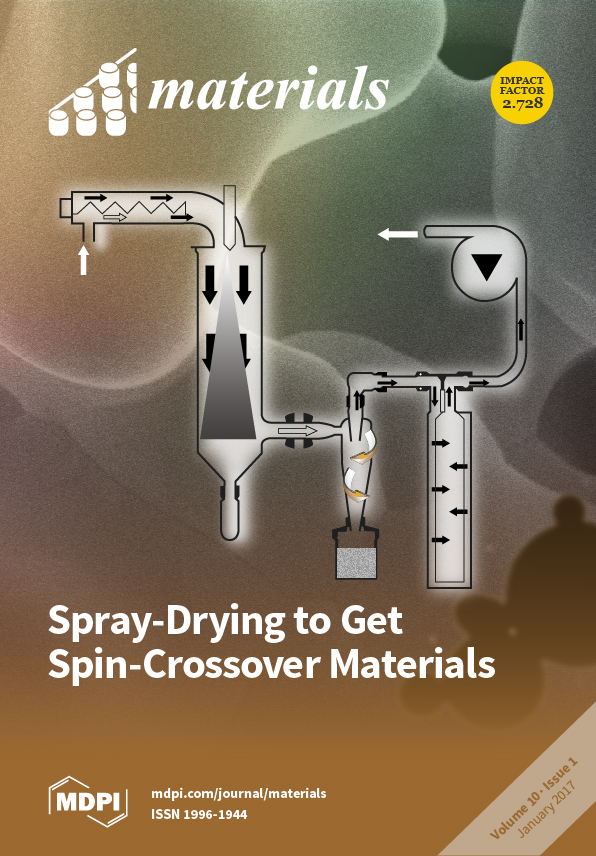This study investigated the impact of different light curing units (LCUs) for the polymerization of adhesive system visio.link (VL) on the tensile bond strength (TBS) of different PEEK compositions. For TBS measurements, 216 PEEK specimens with varying amounts of TiO
2 (PEEK/0%, PEEK/20%,
[...] Read more.
This study investigated the impact of different light curing units (LCUs) for the polymerization of adhesive system visio.link (VL) on the tensile bond strength (TBS) of different PEEK compositions. For TBS measurements, 216 PEEK specimens with varying amounts of TiO
2 (PEEK/0%, PEEK/20%, PEEK/>30%) were embedded, polished, air abraded (Al
2O
3, 50 µm, 0.4 MPa), conditioned using VL, and polymerized using either a halogen LCU (HAL-LCU) or a LED LCU (LED-LCU) for chairside or labside application, respectively. After thermocycling (5000×, 5/55 °C), TBS was measured, and fracture types were determined. Data was analyzed using a 2-way ANOVA followed by Tukey–HSD, Kruskal–Wallis H and Mann–Whitney U tests as well as a Chi
2-test and a Ciba–Geigy table (
p < 0.05). Globally, the light curing units, followed by PEEK composition, was shown to have the highest impact on TBS. The HAL-LCUs, compared to the LED-LCUs, resulted in a higher TBS for all PEEK compositions—without significant differences between chairside and labside units. Regarding the different PEEK compositions, PEEK/20%, compared to PEEK/0%, resulted in a higher TBS when both, HAL-LCUs or LED-LCUs were used for labside application. In comparison with PEEK/>30%, PEEK/20% resulted in a higher TBS after using HAL-LCU for labside application. No significant differences were found between PEEK/0% and PEEK/>30%. HAL-LCU with PEEK/20% for labside application showed a higher TBS than HAL-LCU with PEEK/20% for chairside application, whereas LED-LCU with PEEK/>30% for chairside application showed a higher TBS than LED-LCU with PEEK/>30% for labside application.
Full article






